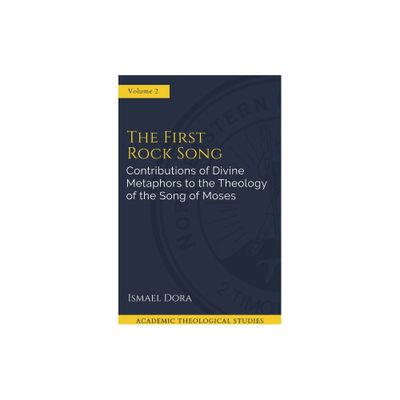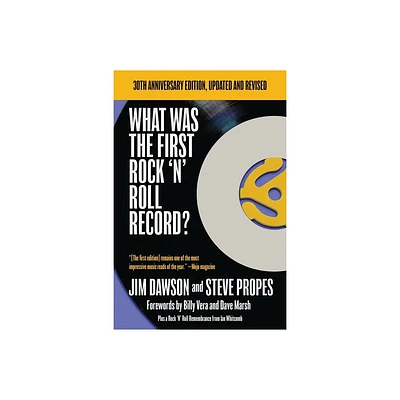Home
The Age of Hair: Evolution and Impact of Broadway's First Rock Musical
Loading Inventory...
Barnes and Noble
The Age of Hair: Evolution and Impact of Broadway's First Rock Musical
Current price: $75.00


Barnes and Noble
The Age of Hair: Evolution and Impact of Broadway's First Rock Musical
Current price: $75.00
Loading Inventory...
Size: OS
*Product Information may vary - to confirm product availability, pricing, and additional information please contact Barnes and Noble
A reflection and symbol of the turbulent 1960s and the culture and lifestyles of the Hippies,
Hair
made history as the first rock musical on Broadway and one of the most successful musicals. The sixties left an indelible imprint upon the American psyche, and Hair, in the words of critic Clive Barnes, summed it up better than any other piece of American theatre. Aside from bringing experimental techniques and rock music to Broadway,
, in author Barbara Horn's view, represented a major step in the evolution of the concept musical from the book musical and was the first concept musical to reach mass audiences, an achievement unheralded and little recognized.
Horn analyzes the social context of Hair and the Hippies, describes the tenor of the Broadway theatre of the times and the experimental trends Off-Broadway that culminated in
Hair's
innovations on the Great White Way. She then goes on to relate the dramatic story of
creation and growth, dash myths and clarify the actual events, including the casual meeting of coauthors Gerome Ragni and James Rado with producer Joseph Papp on a train. The transfer of
to Broadway is fully detailed, and the Broadway production is compared with the earlier production at Papp's Public Theater with lists of song sequences provided. Several revivals and the film version are also discussed, and staff and cast lists appear as appendixes. Horn's extensive archival research is amplified by insights from numerous interviews, including those with the authors, Ragni and Rado; composer, Galt MacDermot; Broadway producer, Michael Butler, directors, Gerald Freedman and Tom O'Horgan, musical director, Galt MacDermot; set designer, Robin Wagner; lighting designer, Jules Fisher, cast members, Melba Moore and Lorrie Davis; and others associated with one or more of the productions, as well as with theatre critics and theorists. Numerous published works were also connsulted, and a strong bibliography is provided.
Hair
made history as the first rock musical on Broadway and one of the most successful musicals. The sixties left an indelible imprint upon the American psyche, and Hair, in the words of critic Clive Barnes, summed it up better than any other piece of American theatre. Aside from bringing experimental techniques and rock music to Broadway,
, in author Barbara Horn's view, represented a major step in the evolution of the concept musical from the book musical and was the first concept musical to reach mass audiences, an achievement unheralded and little recognized.
Horn analyzes the social context of Hair and the Hippies, describes the tenor of the Broadway theatre of the times and the experimental trends Off-Broadway that culminated in
Hair's
innovations on the Great White Way. She then goes on to relate the dramatic story of
creation and growth, dash myths and clarify the actual events, including the casual meeting of coauthors Gerome Ragni and James Rado with producer Joseph Papp on a train. The transfer of
to Broadway is fully detailed, and the Broadway production is compared with the earlier production at Papp's Public Theater with lists of song sequences provided. Several revivals and the film version are also discussed, and staff and cast lists appear as appendixes. Horn's extensive archival research is amplified by insights from numerous interviews, including those with the authors, Ragni and Rado; composer, Galt MacDermot; Broadway producer, Michael Butler, directors, Gerald Freedman and Tom O'Horgan, musical director, Galt MacDermot; set designer, Robin Wagner; lighting designer, Jules Fisher, cast members, Melba Moore and Lorrie Davis; and others associated with one or more of the productions, as well as with theatre critics and theorists. Numerous published works were also connsulted, and a strong bibliography is provided.












